In a world that’s increasingly conscious of its environmental impact, the construction and interior industry is making a shift towards incorporating greater sustainability. Homeowners have also reached a point where they don’t just want greenery in their homes; they want their homes to be sustainably designed.
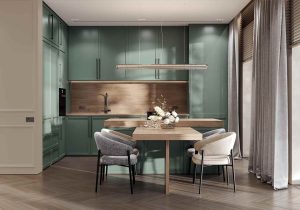
This shift towards sustainability has also led to the increasing popularity of eco-friendly insulation solutions, along with other aspects of interior design. If you’re building your dream home and want to incorporate a sustainable approach in its insulation and interior design, you’ve come to the right place.
In this guide, we take you through some actionable tips and solutions that you can consider to adopt a sustainable approach to your home interiors in 2024.

India is a country with varying extremes in its temperatures. While some regions experience moderate temperatures all year round, others often see extremely cold or extremely warm weather throughout the year. This makes it crucial that the Indian home make use of the best eco-friendly insulation solutions to regulate temperatures and ensure maximum efficiency.
The primary benefit of high-quality insulation is that it ensures greater thermal regulation. This ensures a comfortable temperature inside the home, regardless of the weather conditions outside. They help keep the heat out during the summer while preventing heat loss during the winter.
The improved thermal regulation offered by insulation reduces your dependency on appliances like air conditioners or heating solutions. It also ensures that these systems run a lot more efficiently. For instance, poor insulation can lead to your home considerably heating up during the summer, making your air conditioners work twice as hard to keep your home cool.
The use of high-quality insulation and its resulting reduction in depending on heating and cooling solutions helps reduce the environmental impact of these appliances.
With these benefits out of the way, let’s understand the different types of insulation used in Indian homes. Indian homes typically utilise three types of insulation – thermal insulation (uses materials that regulate heat transfer), roof insulation, and wall insulation.
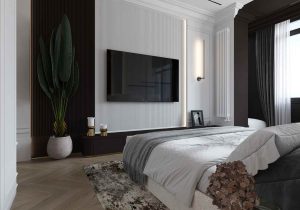
With the increasing importance of a sustainable approach to insulation, the market has seen a few changes in recent years. Two green alternatives that have gained increasing popularity are cellulose and recycled fibreglass.
Cellulose is typically made from recycled paper and is treated with borate for fire and pest resistance. The use of recycled materials reduced the burden of extracting and mining materials specifically for insulations, while also reducing the burdens on landfills.
Similarly, recycled fibreglass also offers a host of benefits. For starters, it can be reused after its initial installation and recycled if needed. Additionally, it can easily be reclaimed from debris after a demolition, preventing the need for fresh fibreglass. Its reusability makes it a popular eco-friendly insulation alternative.

Aside from the use of eco-friendly insulation, the use of sustainable materials in interior design is gaining greater importance with time. As a new homeowner who wants to design their dream full home interiors from scratch, there are several different ways you can make your interiors eco-friendly.
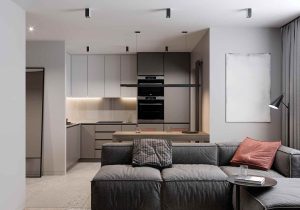
One of the biggest contributors to the environmental impact of home interiors is energy consumption. Homes are responsible for significant levels of greenhouse gas emissions, and finding energy-efficient ways of curbing these is one of the best ways of reducing your home’s carbon footprint.
When designing your full home interiors, interior designers typically have control over your home’s heating and lighting solutions. So, ensuring the use of energy-efficient LED lighting across your home can significantly help reduce your energy consumption, thus contributing to a sustainable lifestyle. The highlight is that LED bulbs are already a popular choice across homes today, making them a default option.
Additionally, some of the best ways of making your heating or cooling systems work more efficiently are by curtains or blinds that block the sun’s heat from entering your space. Similarly, the use of carpets and rugs can help retain the heat inside homes, making them ideal pieces for homes in cooler regions.
Similarly, making use of appliances and technology with high energy efficiency ratings can also help reduce your environmental impact while reducing your electricity bills.
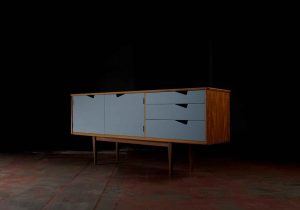
Gone are the days when all furniture in homes used to be brand new. The global DIY trend, extending to places like India, sees a growing embrace of adaptive reuse among homeowners.
In terms of furniture, this could involve sourcing pieces that are being sold online by existing users, with the intention of scraping, painting, or polishing them to breathe new life into them. Upcycling furniture can be a great way of finding unique pieces that seamlessly fit into your homes based on your needs while giving you the freedom to customise them to your taste.
This approach minimises waste and gives you the opportunity to truly personalise your home interiors.
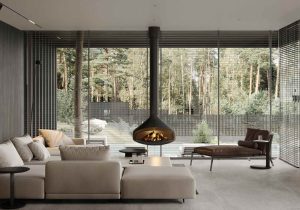
Beyond plants, biophilic design is increasingly popular, evolving into a holistic approach for your home’s interiors. Use sustainable materials to bridge the gap between nature and the concrete elements of our homes.
Opt for biophilic design with stone, ample natural light, and provisions for fresh air, enhancing your home interior beyond plants.
Each of these solutions helps reduce your dependence on energy or non-renewable resources that have a greater carbon footprint.
Designing home interiors in a sustainable manner isn’t just about a few cosmetic touches. From construction to eco-friendly insulation, integrate sustainability into your home’s foundation for a holistic approach to interior design.
If you’re a new homeowner looking to design your home interiors in an eco-friendly manner, Bonito Designs is your best bet. As India’s sole ISO-certified full home interior brand, we excel in bringing your dream home interiors to life.
Give us a call to find out more about our magical approach to interior design.